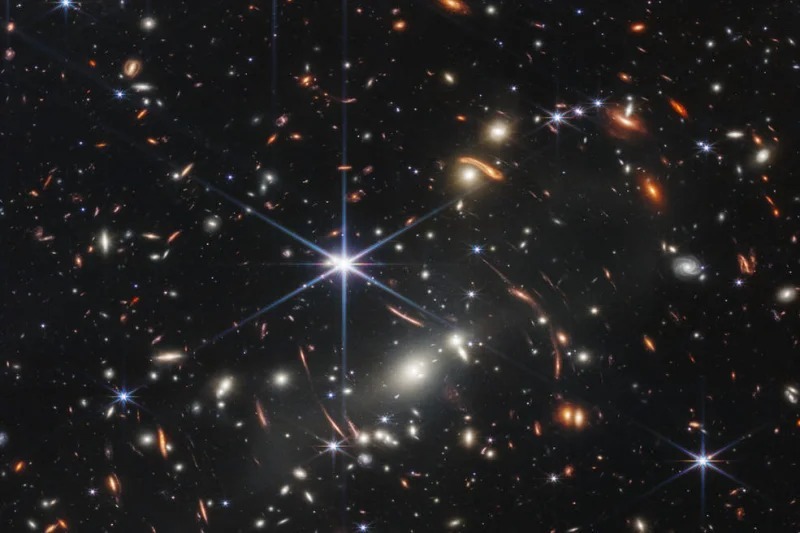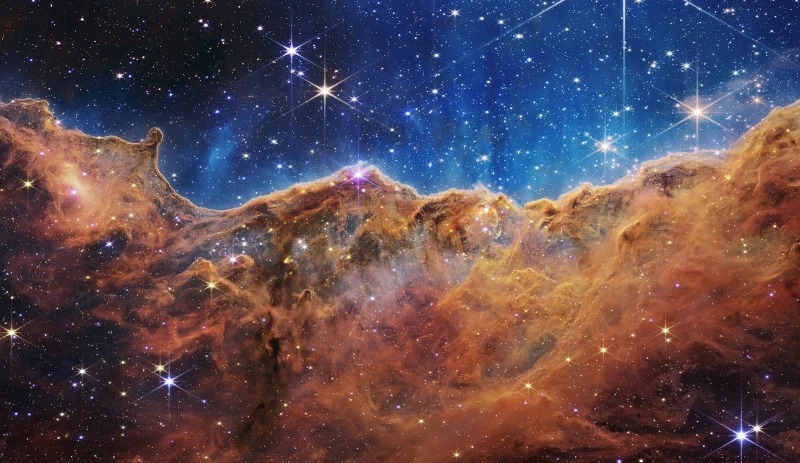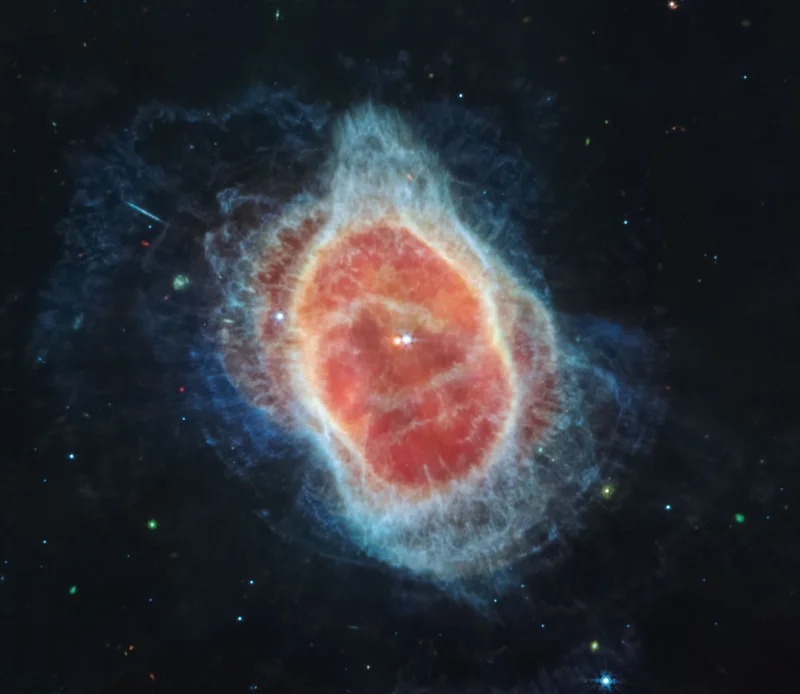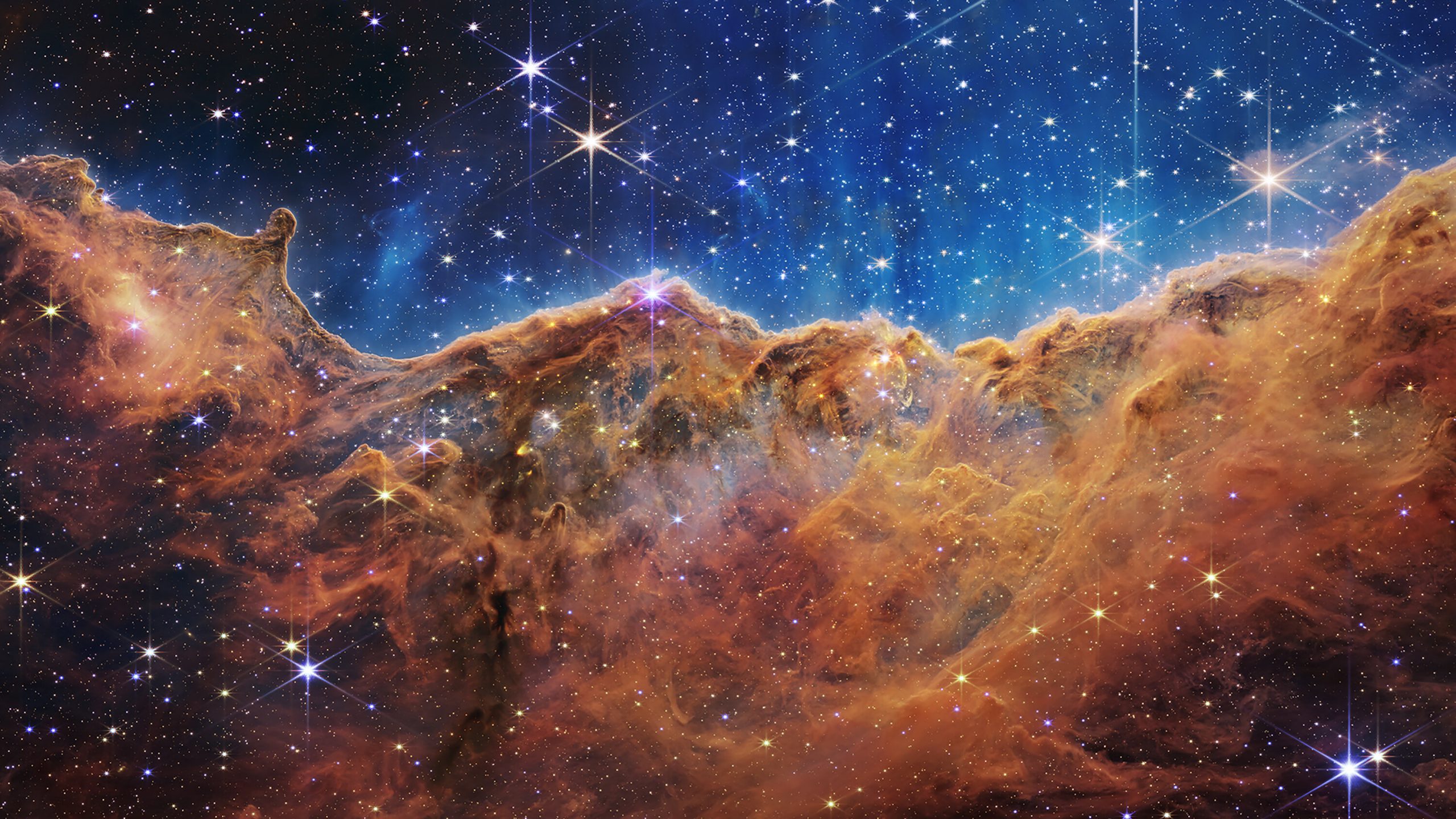The first full-color images from the James Webb Telescope are here – and they certainly do not disappoint. Together, these four images offer some of the most detailed glimpses into the beginnings of our universe ever seen. From the birth of stars to one of the deepest looks into the vastness of space, here’s a breakdown of each image.
11 of the Most Fascinating Planets in Our Universe
SMACS 0723

Cameras on the James Webb Telescope have the capacity to look 13.6 billion light years distant. This is the farthest we’ve ever been able to see into space, thus taking us far into the past. This image of a galactic cluster known as SMACS 0723 shows thousands of galaxies, some of which are 13.1 billion light years away. Since light takes a long time to travel such distance, the images show galaxies not as they look today, but as they looked 13.1 billion years ago. The bluer galaxies in the image are the more mature, containing many stars and little dust. The redder galaxies, meanwhile, contain more dust, meaning stars are still in the process of forming.
Carina Nebula

Located 7,600 light years from Earth, the Carina Nebula is one of the cosmos’ great stellar nurseries. The cliff-like formations are vast peaks of dust and gas, some of which are up to seven light-years tall. Though Carina has been previously photographed by the Hubble Space Telescope, we’ve never captured the Nebula in such dazzling detail. The region coalescing out of the surrounding material sees young stars born in a very turbulent region. As they form, the stars give off enormous amounts of energy that contribute to the overall shape of the nebula. Additionally, the red dots seen in the image above are jets of energy being emitted by the growing, infant stars.
Union LA and Nike Reveal a Vivid “Lemon Frost” Cortez
Stephan’s Quintet

Stephan’s Quintet is a cluster of five galaxies first noticed by astronomers in 1877. However, this quintet is actually more of a quartet. The leftmost galaxy located in the foreground sits 40 million light years from Earth, while the other four galaxies are located 290 million light years away. The latter four galaxies are closely packed, with dust and stars gravitationally pulled from one to another. Further, the bright sparkles in the image are clusters of young stars. The Webb Telescope imaging also shows thousands of more-distant galaxies in the background.
Southern Ring Nebula

A dying star can be a surprisingly beautiful sight. Two such stars can be twice as striking. Webb captured the image above of a pair of elderly stars orbiting each other approximately 2,500 light years from Earth. As stars enter the final stages of their lives, they emit gas and dust that form the nebulae, or clouds, that surround them. Further, Webb has the capability to analyze the chemistry of the Southern Ring Nebula. This allows us to understand more about how stars shed their matter as they die. You’ll notice one star appears just a touch brighter, signifying it is the youngest of the two and has yet to radiate as much material. The signature shape is a result of the stars orbiting each other to effectively stir the gaseous nebula.
NASA plans to unveil the full series of Webb’s first full-color images, nicknamed Spectra, on July 12th via a NASA TV broadcast.
Lastly, Designers Conjure Up a Nuclear-Powered “Sky Cruise” Piloted by AI.









